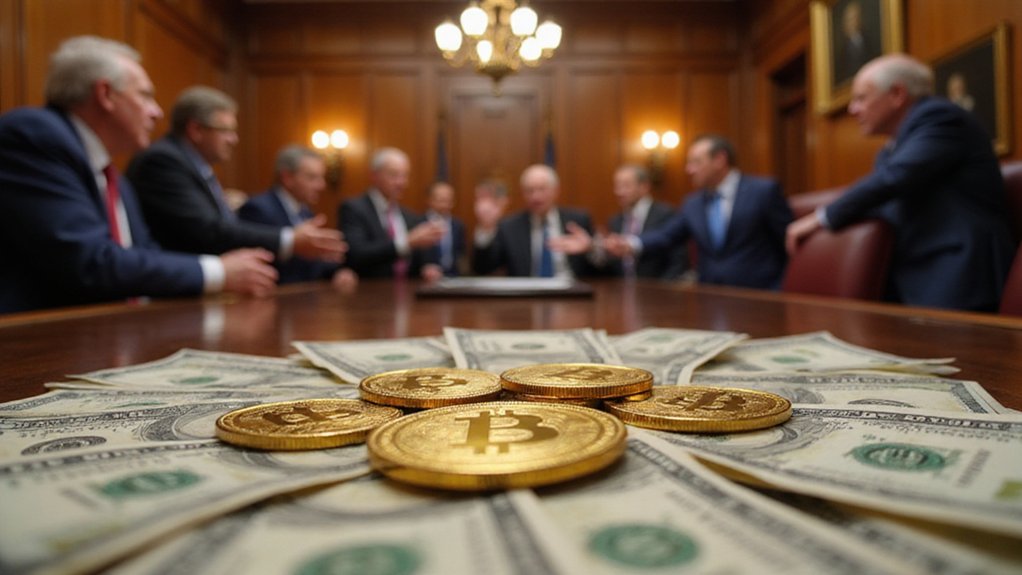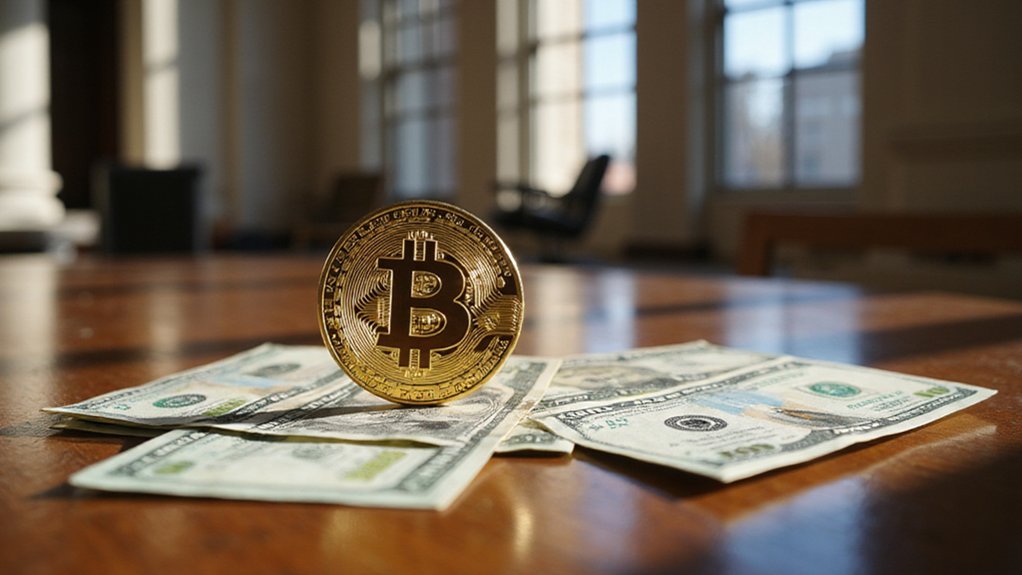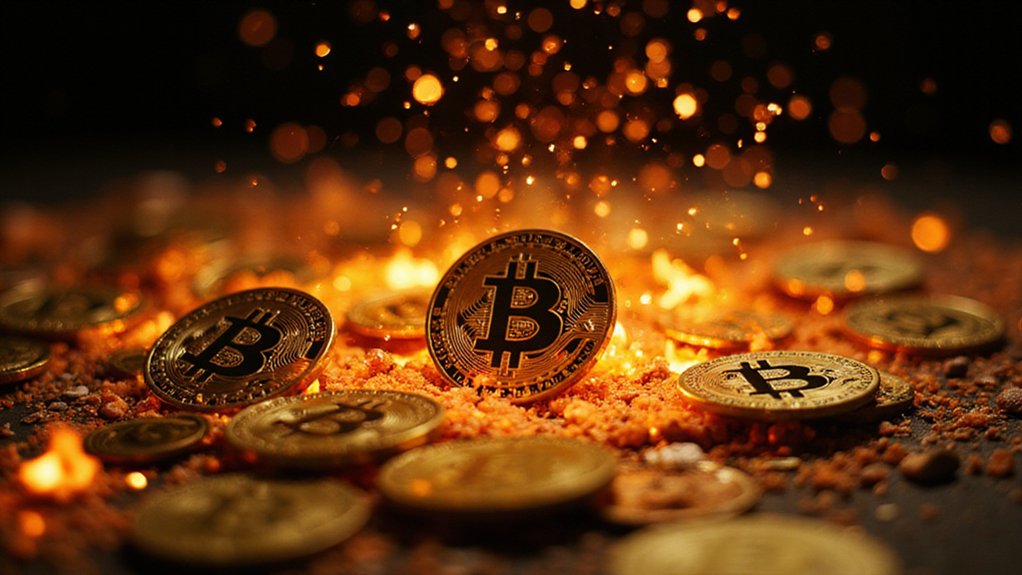What happens when a Bitcoin sidechain project targeting stablecoin infrastructure meets investor enthusiasm reminiscent of 2017’s ICO fever? The answer, apparently, involves $500 million disappearing from wallets in just 60 minutes—with the most frenzied activity cramming into a five-minute window that would make flash crashes jealous.
Plasma’s XPL token sale on the Sonar platform achieved what most fundraising campaigns can only dream of: oversubscription by a factor of ten beyond its original $50 million target. More than 1,100 wallets participated, with median contributions hovering around $35,000—suggesting this wasn’t exactly a retail investor feeding frenzy but rather institutional appetite meeting speculative fervor.
The mechanics reveal both innovation and market maturation since the ICO boom’s darker days. Participants could deposit funds early, withdraw at will, or earn yield while awaiting the actual sale—a stark contrast to the “send ETH and pray” methodology that characterized earlier token launches. Only 10% of XPL’s total supply faced auction, creating artificial scarcity that certainly contributed to the stampede.
Perhaps most tellingly, Ethereum gas fees reached stratospheric levels during the sale, with one particularly determined (or desperate) trader paying over $100,000 in transaction fees alone. The irony here cuts deep: investors rushing to fund a Bitcoin sidechain designed to escape Ethereum’s high fees were simultaneously paying those exact fees to unprecedented extremes.
The ultimate crypto paradox: burning six-figure Ethereum fees to escape to a Bitcoin solution promising zero fees.
Plasma positions itself as an EVM-compatible Bitcoin sidechain targeting the $250 billion stablecoin market, promising zero-fee USDT transfers while leveraging Bitcoin’s security model. The project’s Tether backing adds significant credibility given the issuer’s dominant position in the stablecoin ecosystem. The project’s timing appears fortuitous, coinciding with Circle’s recent IPO momentum and renewed institutional interest in stablecoin infrastructure. This growing demand reflects how stablecoins have become foundational infrastructure for crypto payments, remittances, and digital savings across global markets.
The sale’s success signals potential revival of ICO-style fundraising, particularly for projects addressing fundamental blockchain limitations. Plasma’s partnership with Aave further validates its DeFi integration ambitions, while the overwhelming investor response suggests genuine market demand for Bitcoin-native stablecoin solutions. Beyond traditional trading, the project could also enable cryptocurrency interest rewards where users earn passive income by holding assets within the ecosystem.
Whether this enthusiasm translates into sustainable adoption remains to be seen, but the fundraising itself demonstrates that crypto’s appetite for ambitious infrastructure plays—and the fees investors will pay to participate—continues evolving in fascinating directions.









